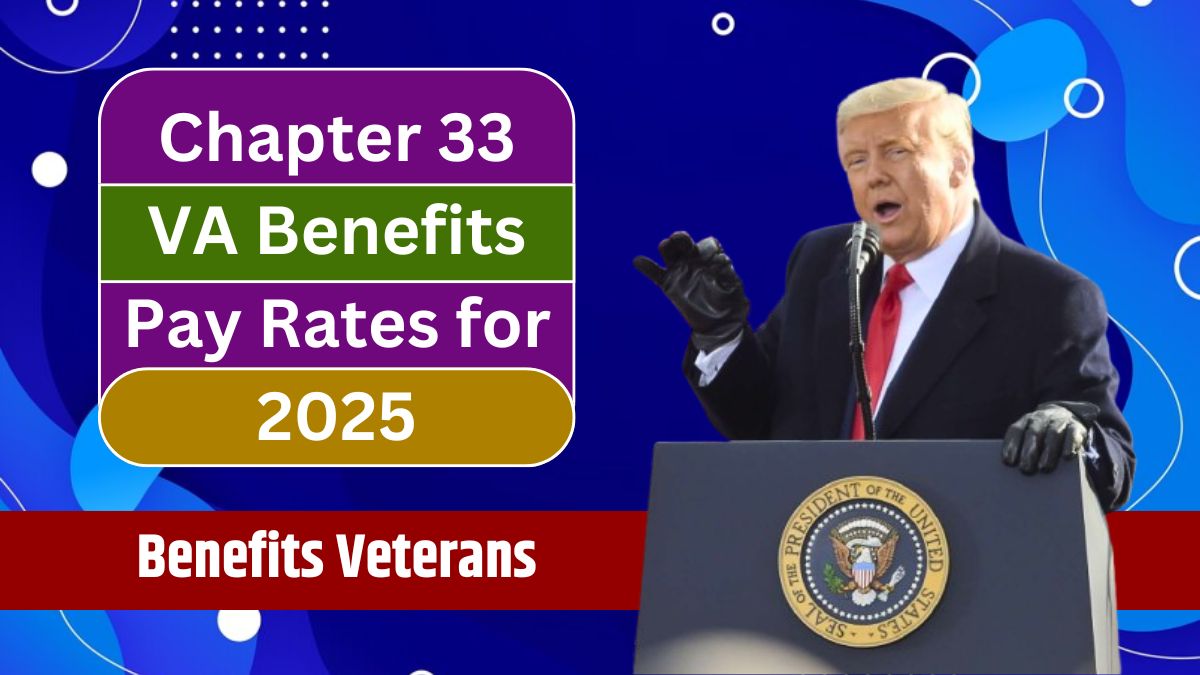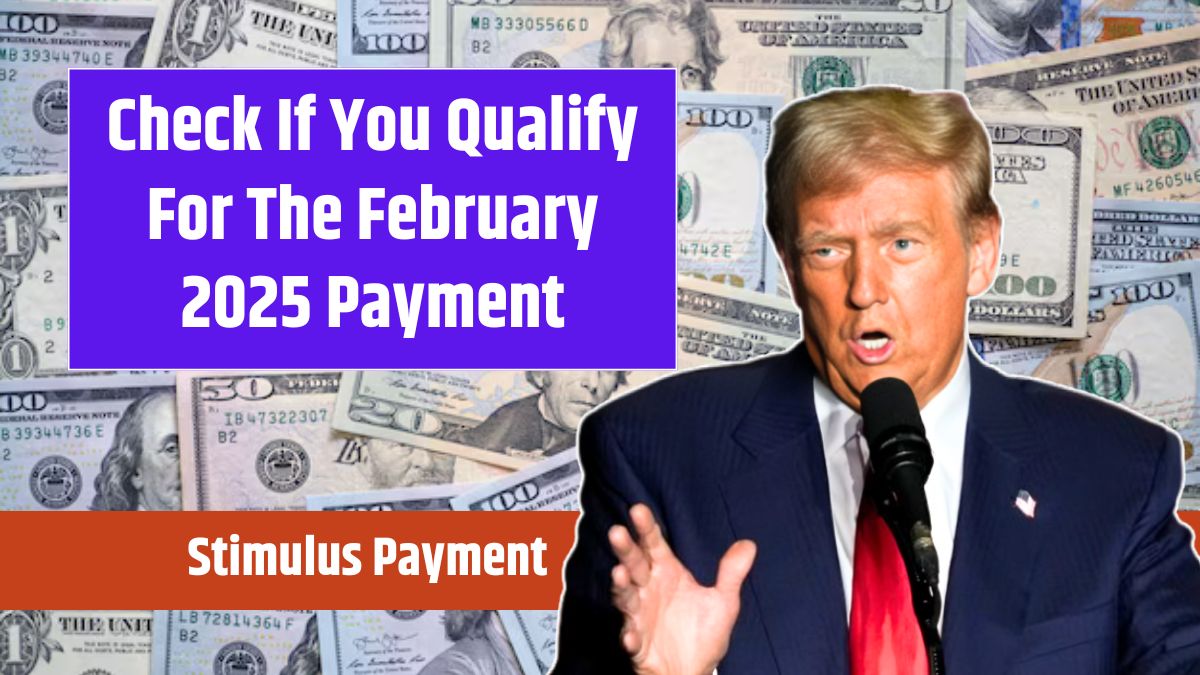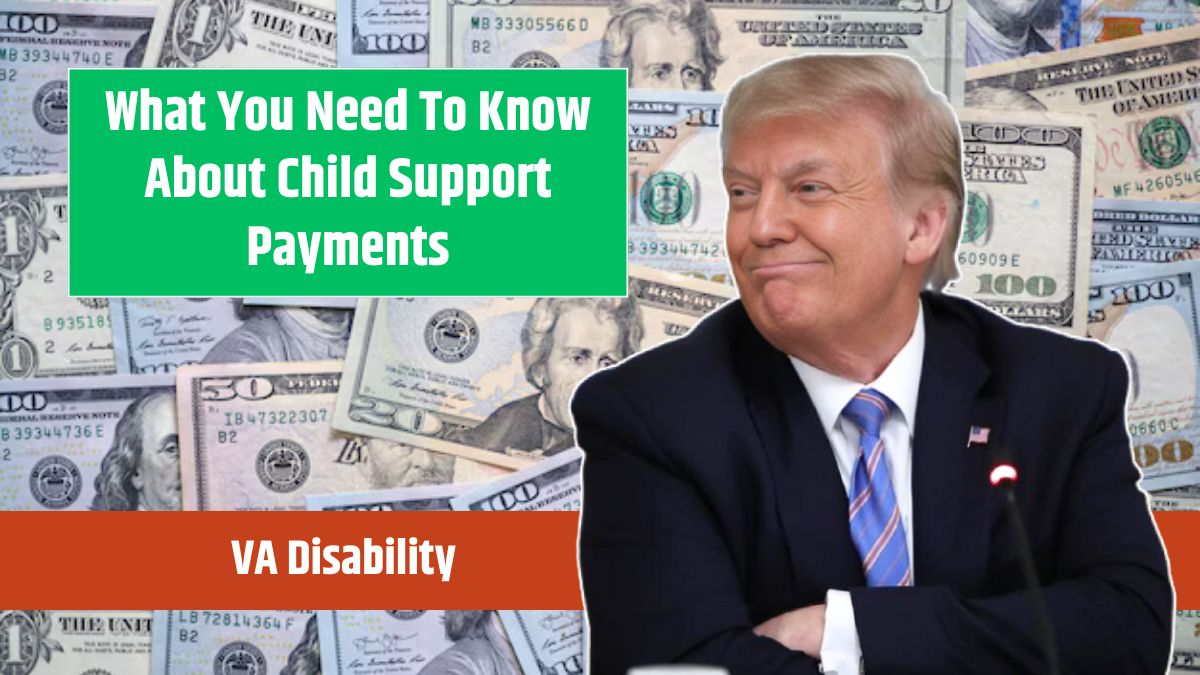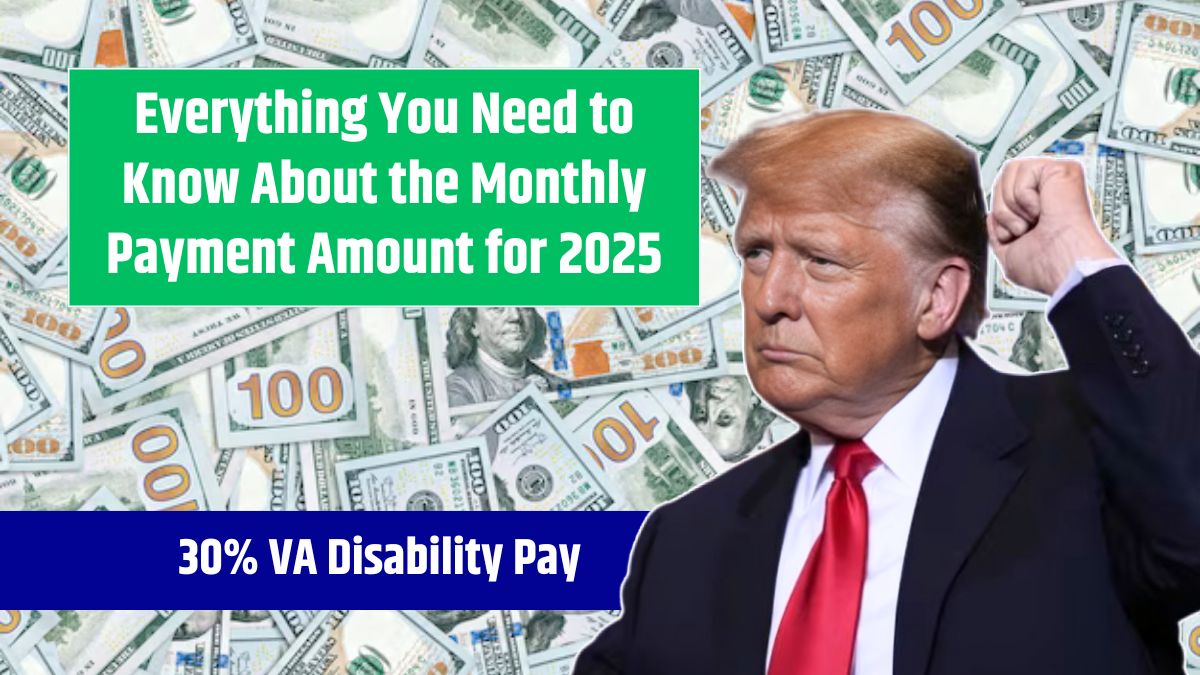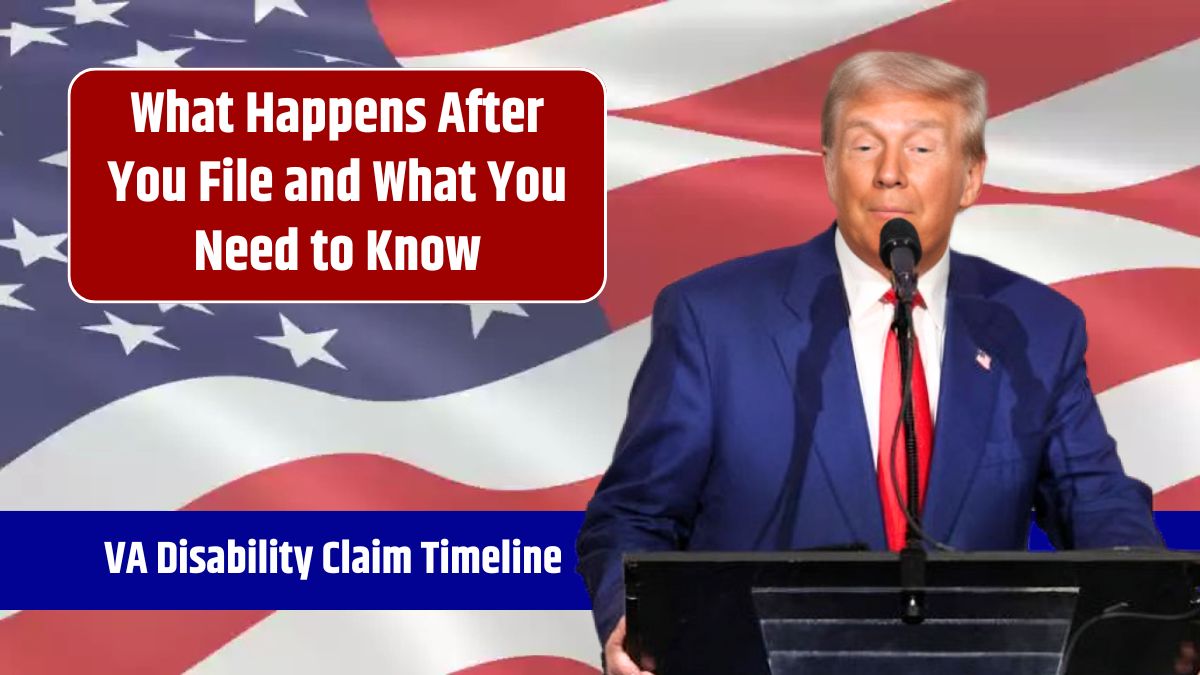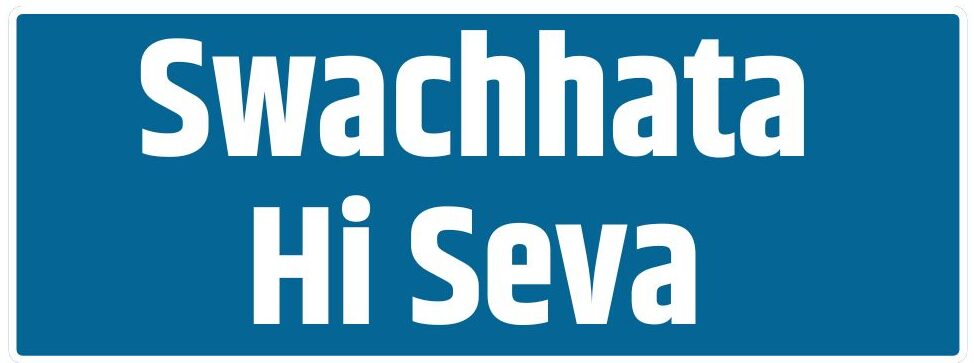The Chapter 33 VA Benefits, commonly referred to as the Post-9/11 GI Bill, is a valuable program designed to support veterans through educational opportunities. In 2025, under the leadership of Donald Trump, veterans can still access generous funding for tuition, housing, and supplies. Here’s a detailed look at what’s available, how much you can receive, and how to qualify.
Benefit Rates for 2025
Chapter 33 benefits cover a wide range of educational programs, including university degrees, vocational training, and apprenticeships. The rates will remain the same until July 31, 2025, with adjustments expected from August 1, 2025, to reflect economic changes.
Tuition Coverage
- Public Institutions: Tuition is covered in full for veterans eligible for 100% of benefits.
- Private Institutions: Coverage is capped at $28,937.09 annually, with additional support potentially available through the Yellow Ribbon Program, which helps cover costs that exceed this limit.
Basic Allowance for Housing (BAH)
The BAH for veterans is calculated based on an E-5 rank with dependents, ensuring sufficient financial support for living expenses.
Additional Benefits
- Books and Supplies: Veterans can receive $1,000 per year for educational materials.
- Relocation Grant: A one-time payment of $500 is available for those needing to move for school.
Coverage Percentage
The amount of funding a veteran receives depends on the length of their active-duty service:
| Time Served on Active Duty | Percentage of Full Benefits |
|---|---|
| Over 36 months | 100% |
| 30-35 months | 90% |
| 24-29 months | 80% |
| 18-23 months | 70% |
| 6-17 months | 60% |
| 90 days to 5 months | 50% |
Veterans who served for more than 36 months are eligible for 100% coverage, which includes full tuition, maximum housing allowance, and additional benefits for books and supplies.
Chapter 33 VA Benefits
To qualify for the Post-9/11 GI Bill, veterans must meet one of the following conditions:
- Active Duty Service: Served at least 90 days on active duty after September 11, 2001.
- Purple Heart Recipients: Veterans who earned a Purple Heart after 9/11 are eligible, regardless of the length of service.
- Service-Connected Disability: Served 30 continuous days and were honorably discharged due to a service-connected disability.
- Transferred Benefits: Dependent children using benefits transferred by a qualifying veteran.
Additionally, all applicants must have been honorably discharged from service to be eligible.
Maximizing Your Benefits
Veterans can further enhance their educational funding by applying for the Yellow Ribbon Program if attending a private institution with tuition exceeding the capped amount. This program partners with schools to cover the remaining costs, reducing the financial burden on veterans.
Key Takeaways
The Post-9/11 GI Bill offers veterans robust financial support for education, with benefits that scale based on time served. In 2025, veterans can expect full tuition coverage at public institutions, generous housing allowances, and additional funding for supplies. Knowing your eligibility and maximizing available resources, like the Yellow Ribbon Program, can ensure you take full advantage of this critical benefit.
FAQs
How much does Chapter 33 cover for private tuition?
Up to $28,937.09 annually, with additional support from Yellow Ribbon.
What is the housing allowance for Chapter 33 benefits?
BAH is based on an E-5 rank with dependents.
Who qualifies for 100% of Chapter 33 benefits?
Veterans who served 36+ months of active duty after September 11, 2001.
What is the Yellow Ribbon Program?
A program covering tuition costs above the private school cap.
How do I qualify for Chapter 33 benefits?
Serve 90+ days on active duty after 9/11 or meet other listed criteria.
